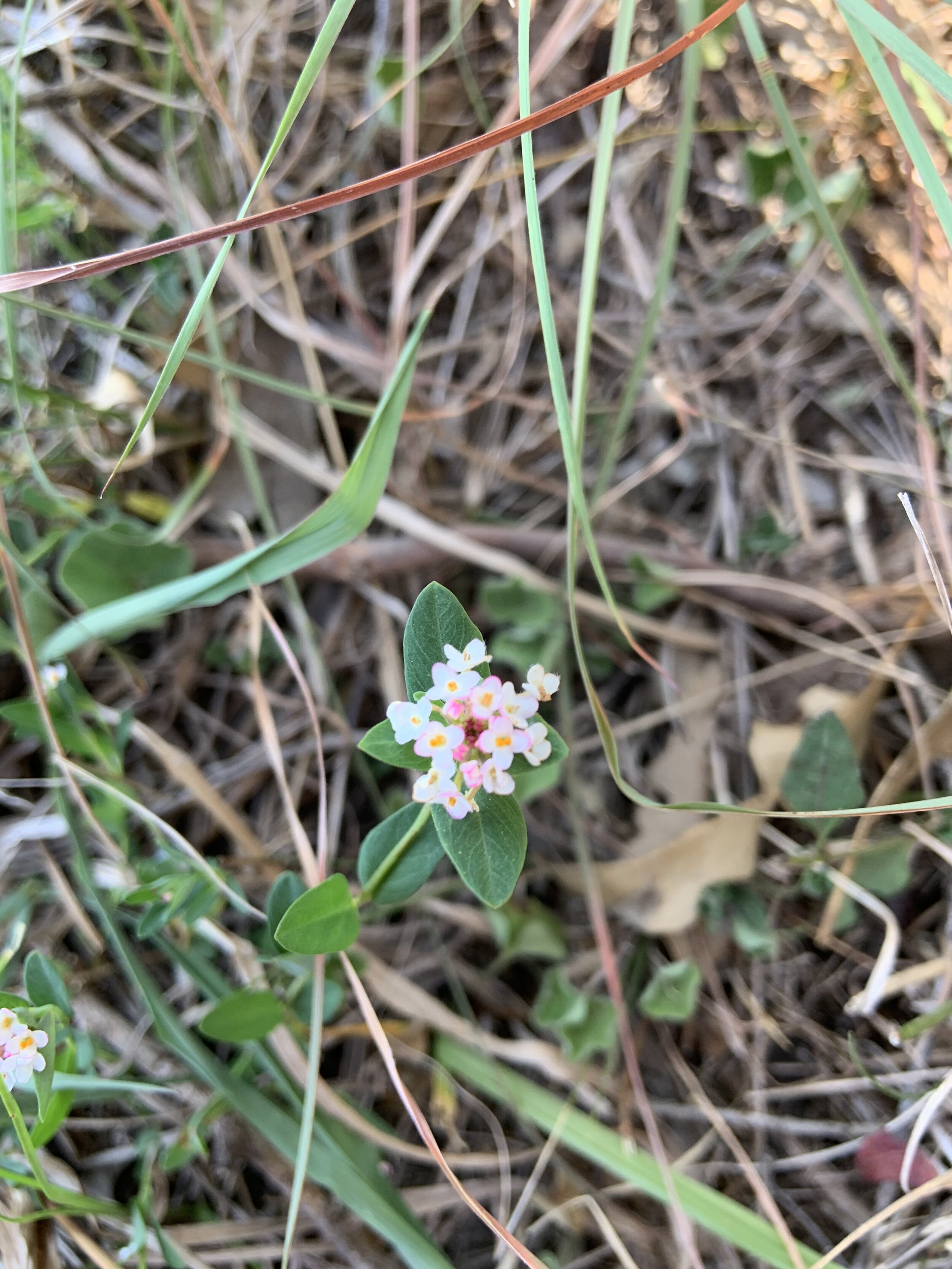Narla is proud to celebrate World Environment Day 2020. The theme this year is Biodiversity, an integral factor of Australia’s unique ecosystems, and a resource that Narla is actively working to protect and enhance.
During our Dam De-watering works, we safely capture and relocate native turtles, eels, fish, and bird species from dams and waterways. Hollow Bearing Trees are cleared under the supervision of our spotter-catcher team. The hollows vary in size and depth, accommodating a lot of biodiversity including birds, bats, mammals, and reptiles. These animals are safely captured and translocated. Another way our ecologists have worked to support Australia’s biodiversity is by installing nest boxes to offset the clearing of native vegetation involved in development. A lot of Australian wildlife relies on tree hollows for shelter. Nest Boxes of varying sizes are hung in trees and act as artificial shelters to accommodate species that are translocated during clearing works. Our ecologists then monitor the installed nest boxes to ensure they are effective at providing habitat for these species.
Narla has encountered and safely translocated a variety of native flora and fauna species during our Project Ecologist works. Have a look at some of our biodiversity highlights from this year.












